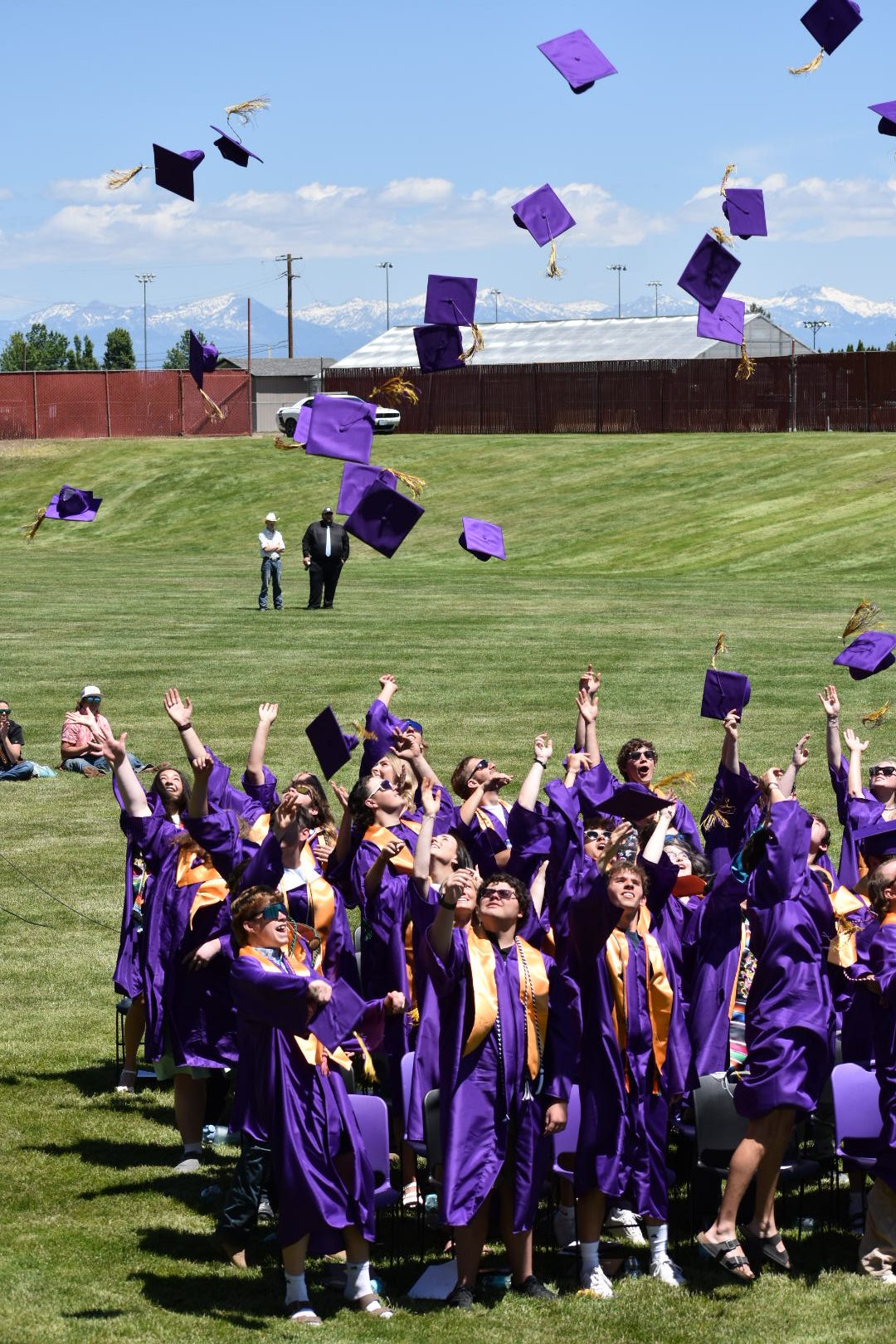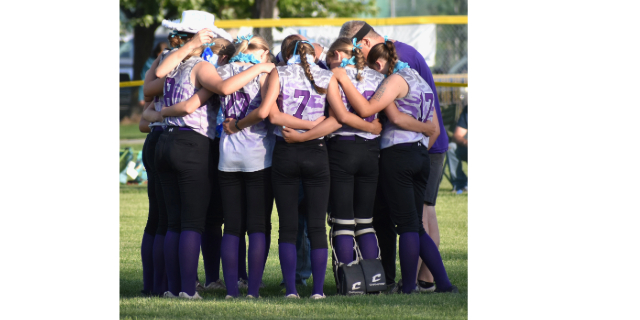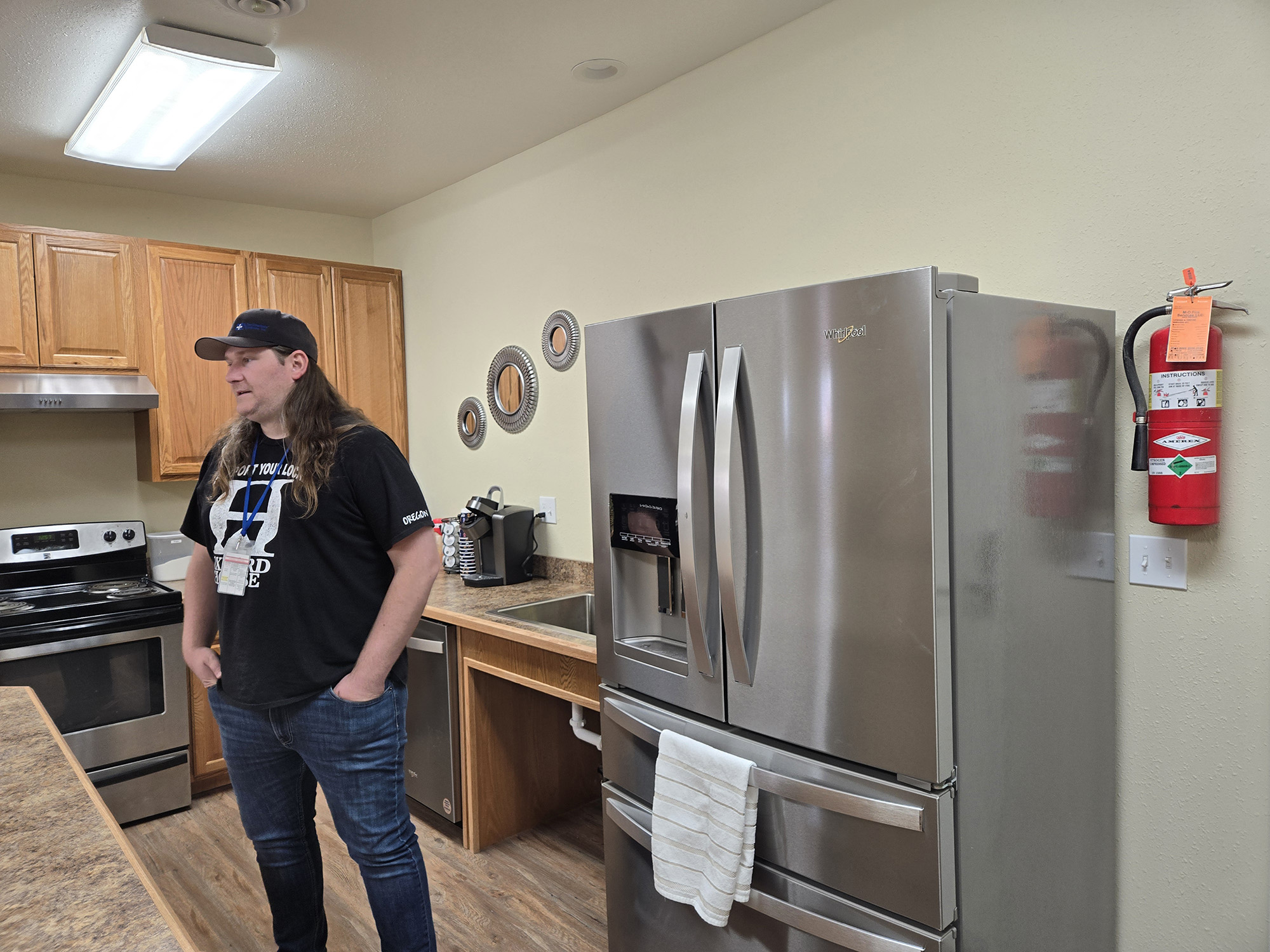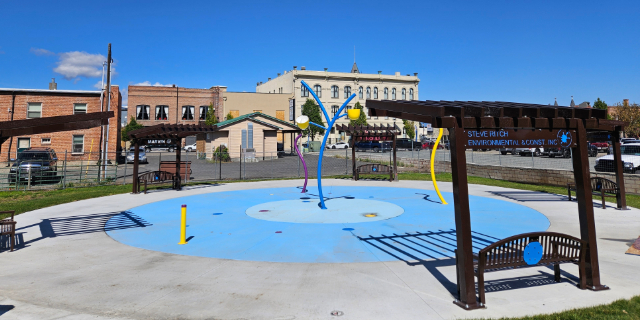Memorial honors individuals buried beneath Eastern’s Inlow Hall
Published 9:59 am Friday, August 8, 2008
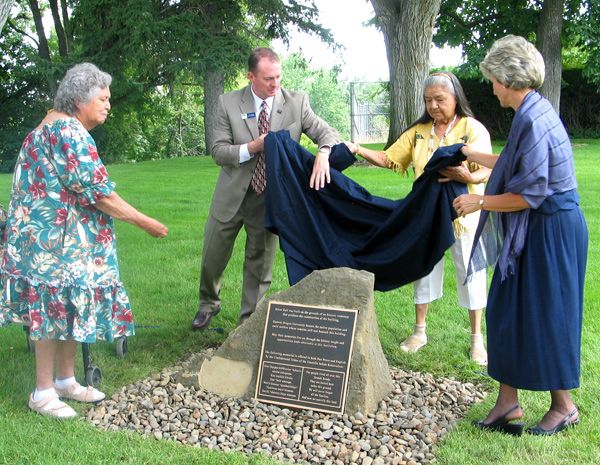
- bla die die
They are forever mysterious vestiges of the Grande Ronde Valley’s past. The remains of individuals for whom no epitaphs exist received an everlasting salute Wednesday.
They are silenced voices of the past, people buried beneath EOU’s Inlow Hall, which sits on land that once was a pioneer cemetery.
These individuals were recognized Wednesday at a ceremony at which a memorial was unveiled. It commemorates Inlow Hall as part of the site of a pioneer cemetery where American Indians may also be buried. It is known that the site was part of a cemetery because burial plots were accidentally uncovered during excavation for Inlow Hall in the late 1920s. Many remains were taken to Hillcrest Cemetery. However, some of the graves were left intact and exposed human remains were later discovered under the building.
“We come here today to honor those who have gone before us, the few who are famous and the many unknown. For years, human remains were inadvertently discovered within the boundaries of this university. Too often they were seen as a nuisance, a disposal problem. Today we take a step to cleanse this past insensitivity,” said Chuck Coate, a retired EOU history professor in an address at the ceremony.
The new memorial salutes not only the pioneers but also the Indians who may be under Inlow. It is believed Inlow may stand on land that could have been part of an Indian burial ground.
“We honor those who came first to this valley, native people who hunted and fished, gathered the camas and traded, and who tried to preserve the valley as a place of peace,” Coate said.
Armand Minthorn of the Confederated Tribes of the Umatilla Indian Reservation spoke on behalf of Native Americans at Wednesday’s ceremony.
“This is a sacred site, the site of hallowed ground which will be protected forever from now on,” said Minthorn, a member CTUIR’s board of trustees.
Minthorn added, “We truly believe we have ancestors in the cemetery at EOU.”
Minthorn spoke of the extensive ties Indians have to the Grande Ronde Valley, noting that tribal leaders gathered here regularly for council meetings. Minthorn believes the last council was conducted here in 1853 or 1854.
Things like this are known because of the rich oral history tradition. Minthorn stressed that everyone has a responsibility to keep alive stories of their culture’s past.
“It is so true that if you don’t repeat what you hear, you forget,” Minthorn said.
Jay Minthorn, also of the Confederated Tribes of the Umatilla Indian Reservation, expressed a similar sentiment during a presentation at Wednesday’s ceremony.
“The best literature today is your memory,” he said.
Jay Minthorn also praised the cooperative efforts among the Confederated Tribes, EOU and others that made installation of the monument possible.
“I am proud that we worked cooperatively to accomplish this. This will not be the last time we talk cooperatively about issues,” he said.
The CTUIR and EOU worked together on a closely related matter about three years ago after Eastern hired Blue Mountain Consulting to complete a detailed archeological survey of the Inlow Hall site. The exposed remains of several pioneers were found. After information was gathered from the community and the Confederated Tribes, the decision was made to install a cement cap encasing the crawl space where the bodies were found.
Wednesday’s dedication concluded with a cleansing program conducted by the representatives of the Confederated Tribes of the Umatilla Indian Reservation. An Indian song, during which no photographs could be taken, was conducted as part of the ritual. It concluded in the basement of Inlow Hall with burning of traditional medicines.
The intent of the event, Minthorn said, was to “cleanse the air of any bad feelings or bad spirits which may be there.”
Pioneers were first buried in the old cemetery Inlow Hall stands over in 1864, according to May 18, 1995, Observer article. The pioneer cemetery was La Grande’s lone burial site until 1878, when the Independent Order of Odd Fellows Cemetery (now Grandview Cemetery) was established.
The memorial unveiled Wednesday is on the southeast lawn of Inlow Hall. It was obtained with funding from the Oregon Parks and Recreation Department’s Historic Cemeteries Program.


